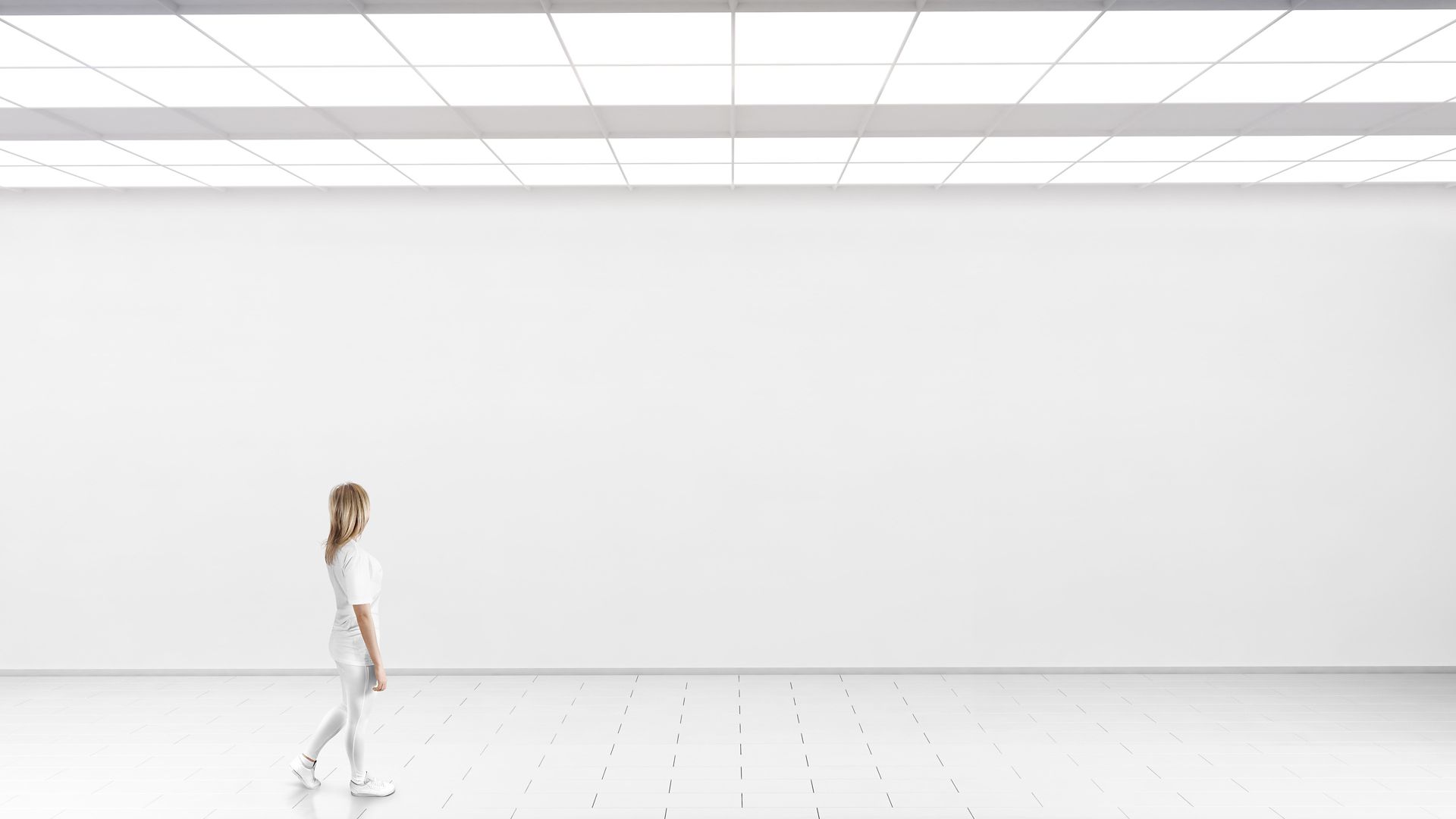A perfectly smooth, well-detailed wall and ceiling is the finishing touch of any interior space or exterior facade. It is a sweet delight for your eyes and your nose - an aesthetic and olfactory purity that may even help purify the air you breathe or keep you warm in winter. Choosing just the right wall system solution ensures a nontoxic, eco-friendly and temperature-controlled environment.
Plaster and Skim Coat
Both plasters and skimcoats are used to improve the appearance and quality of wall surfaces.
Plasters
Plasters are coarse mortar, applied directly onto substrates like concrete, brick or block walls to a thickness more than 5 mm to create a level surface. Also used as a base layer before skim coat.
Skim Coats
Skim coats are find mortars applied onto walls and ceilings to a thickness of 2–3 mm to create a flat, smooth and uniform surface, to be painted or re-textured.
Explore our Solutions
Plaster / Render
Skim Coat
Concrete and Masonry Wall and Ceiling Finishing Using Plaster or Skim Coat
The amount of layers may differ, depending on the final optical appearance required.
- Substrate – concrete or masonry/brick wall
- Preparation of substrate – concrete repair, crack filler, primer
- Thick layer for first leveling (e.g. masonry) – plastering
- Thin layer(s) for smoothing – plastering, skim coat
- Final coatings – post-treatment, paint, wallpaper, tiling
(see our tile setting systems)
FAQ
It is not advisable to mix skim coats with latex. Only add the amount of clean water recommended.
Yes. There are skim coats specially formulated for external walls.
For assistance, please contact us.
Generally, painting works can be carried-out after the skim coat has dried, around 7–14 days, subject to site condition.
On drywall, skim coat normally takes about 2–3 days to dry.
On concrete surfaces or plastered walls, skim coat takes about 5–7 days to dry.
In extreme situations such as high humidity and constantly damp substrates, skim coats may take more than 7 days to dry.
It is advisable to wait at least 14–21 days before skimming work can commence on new concrete or new plastered wall. This will allow sufficient time for the new concrete or new plastered wall to fully cure.
Yes. The old surfaces must be structurally sound, level, solid and stable, and free from dusts, dirt, oil, grease, standing water, laitance, paints, curing compound and any material / coatings that reduces bond. If the substrate contains any of these contaminants they must be removed by grinding, water-jetting, or sanding.
All dusts, loose and friable material must be removed, preferably by brush and/or vacuum before plastering / skimming.
Skim coats are fine mortars, and they are applied to a thickness < 5 mm. The surface of the skimmed area is smooth.
Plasters, on the other hand, are coarse mortars and they are applied to a thickness from 5–30 mm. The plaster surface is constantly rough.
Plasters are coarse mortar, applied onto concrete, brick and block walls to a thickness more than 5 mm to create a level surface. They are also used as a base layer before skim coat.
Sika’s Product:
Skim coats are fine mortars applied onto walls and ceilings to a thickness of 2–3 mm to create a flat, smooth and uniform surface, to be painted or re-textured. As a guide, you should apply at least two skim coat layers to achieve a smooth and consistent surface.
Sika’s Product:

